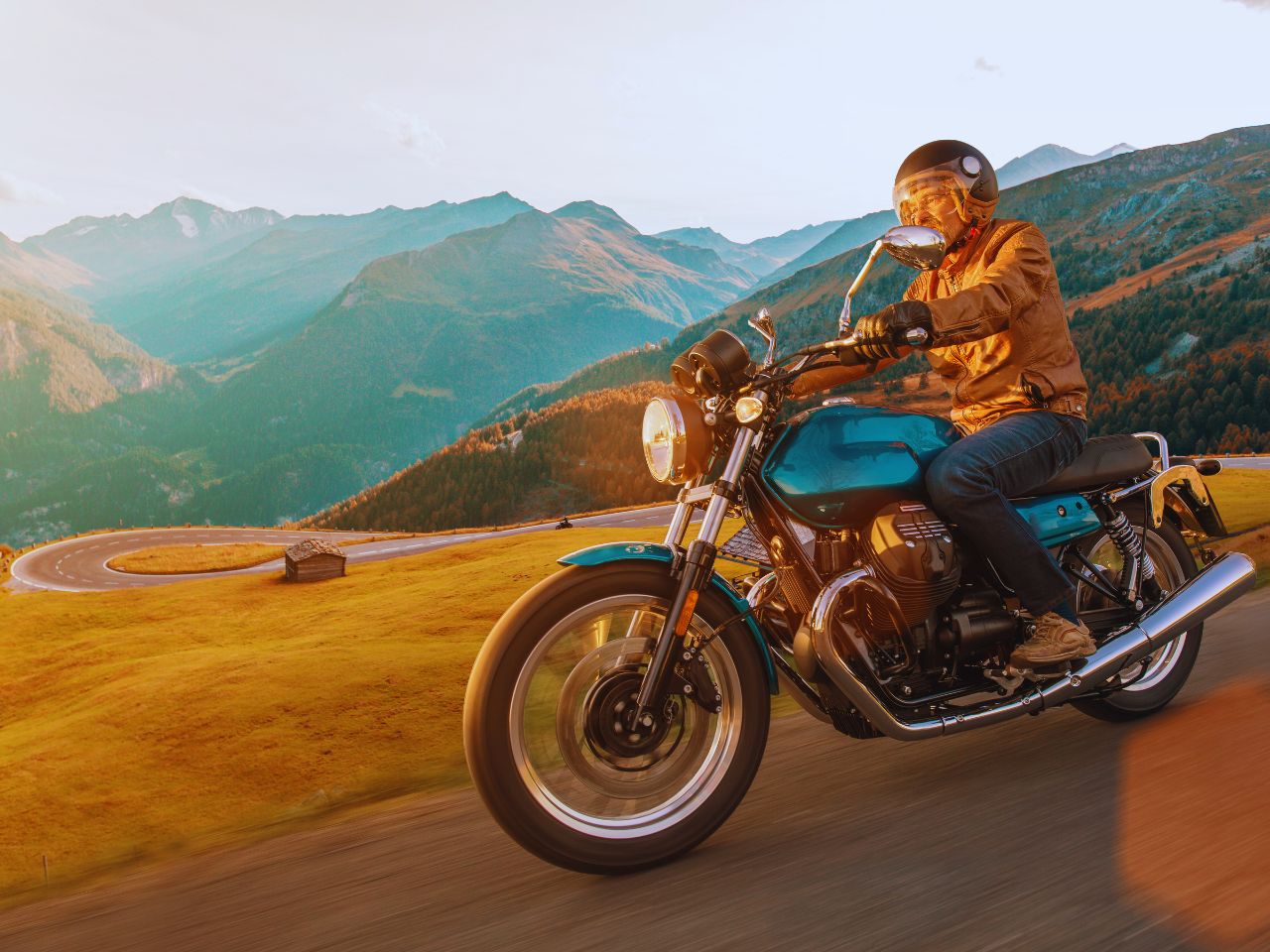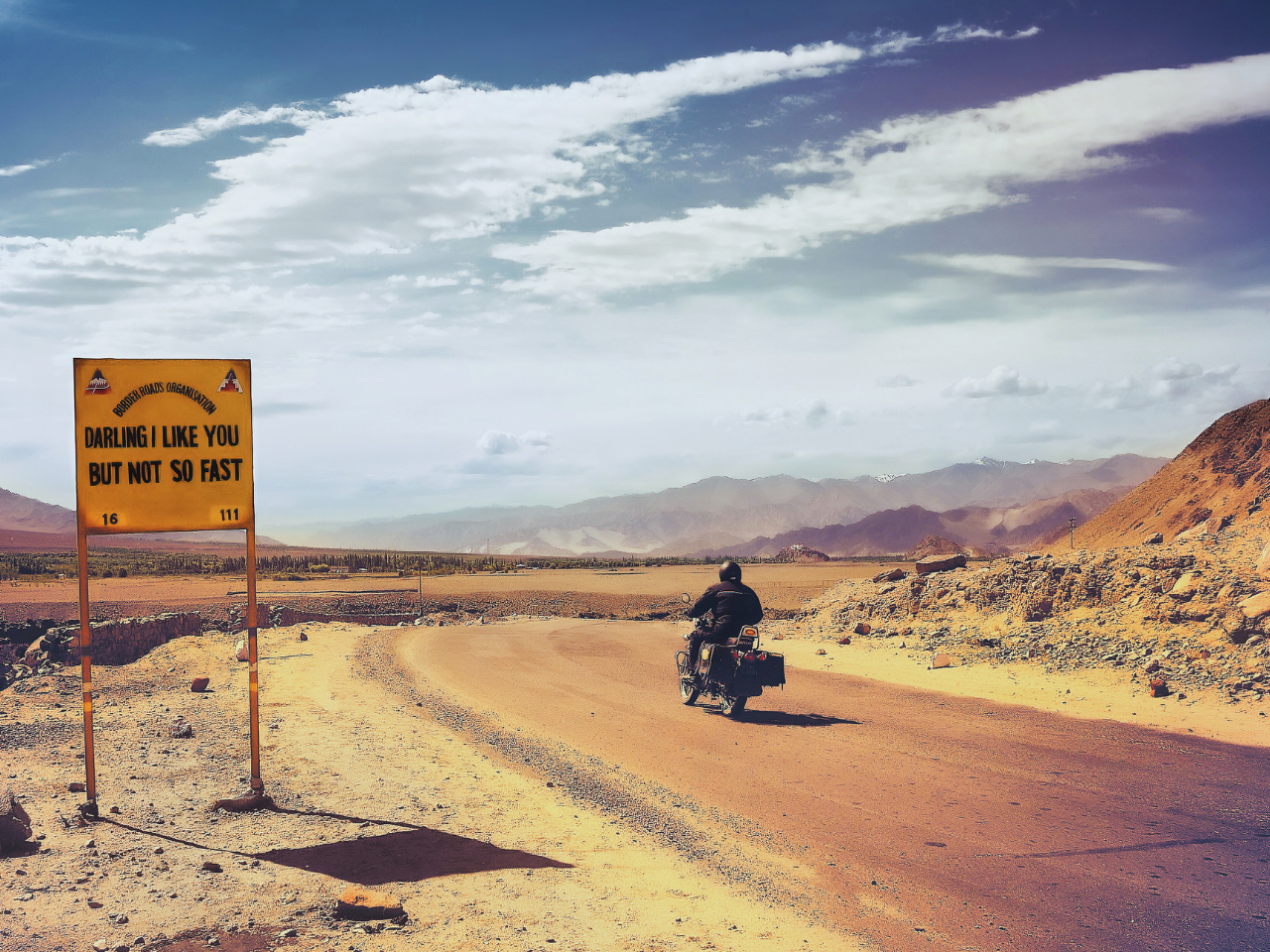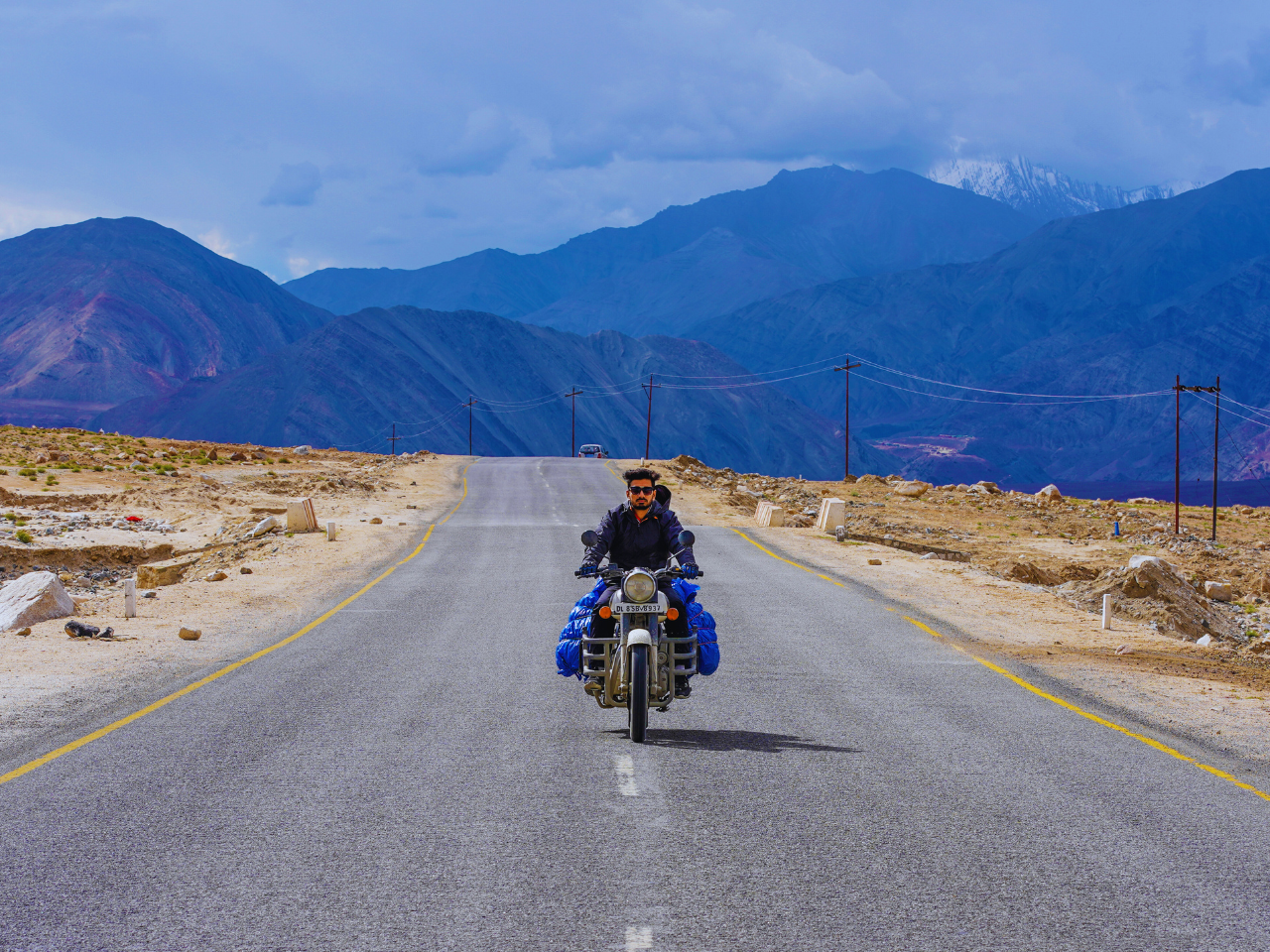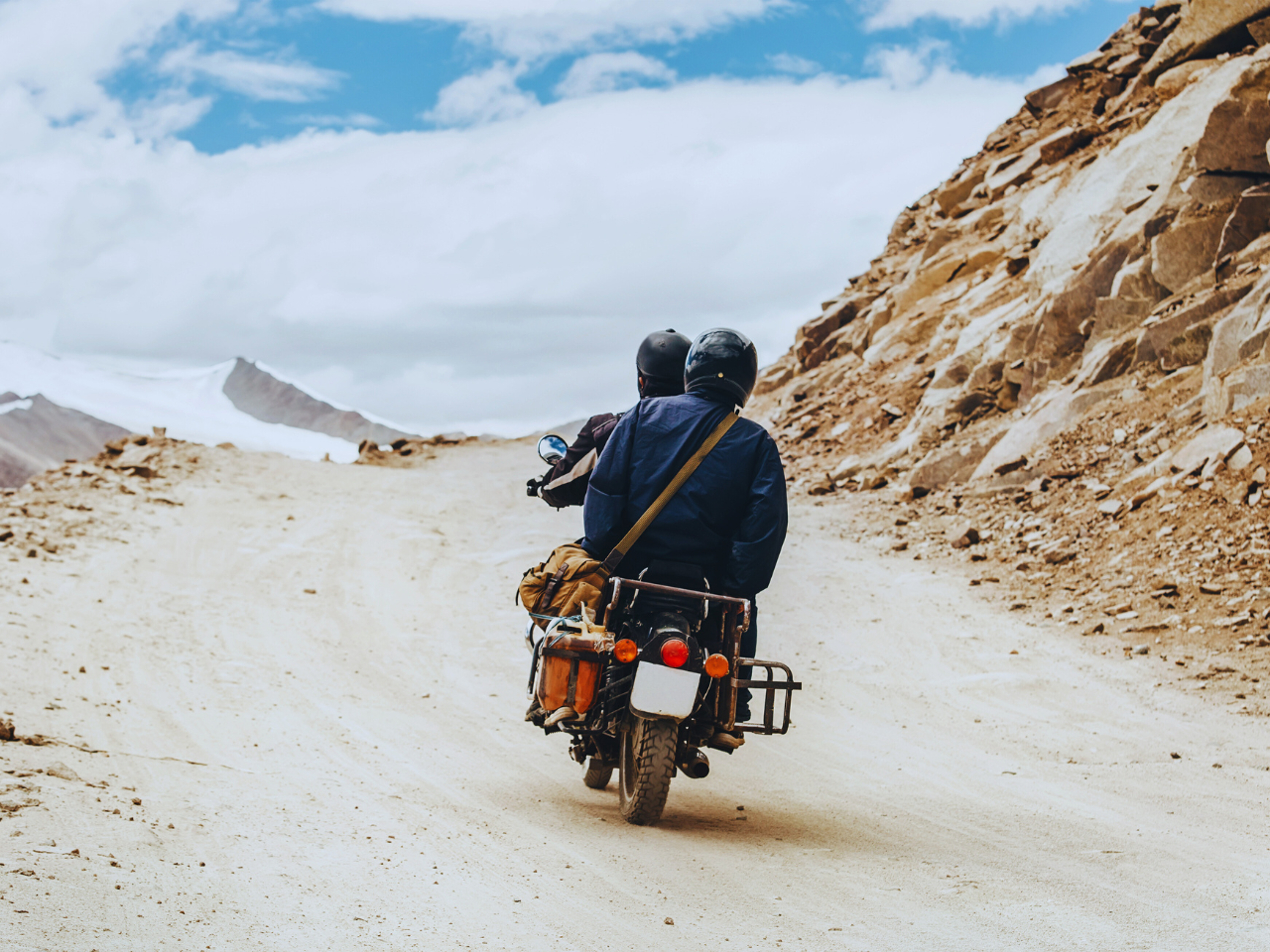Leh
Leh: The Heart of Ladakh
Leh, the capital of the union territory of Ladakh, is a town that sits at an elevation of approximately 3,500 meters (11,500 feet) above sea level. Nestled between the Karakoram and Himalayan mountain ranges, Leh is known for its stunning landscapes, rich history, and vibrant culture. Historically, Leh was an important stopover on trade routes between Tibet, India, and Central Asia, which is reflected in its diverse cultural heritage.
Modern-day Leh is a bustling town that serves as a gateway to the many adventures that Ladakh offers. It is a center of Buddhist culture, with numerous monasteries, stupas, and ancient palaces. The town’s backdrop of snow-capped mountains, combined with its unique architecture and welcoming locals, makes it a must-visit destination.
Leh Top Attractions
Leh Palace
This nine-story palace, built in the 17th century, is reminiscent of the Potala Palace in Lhasa. It offers panoramic views of Leh and the surrounding mountains, and houses a museum with artifacts and historical exhibits.
Shanti Stupa:
A white-domed stupa located on a hilltop in Chanspa, Shanti Stupa was built to promote world peace and prosperity. It offers breathtaking views, especially at sunset and sunrise.
Thiksey Monastery
Situated about 19 kilometers from Leh, Thiksey Monastery is one of the largest and most architecturally impressive monasteries in Ladakh. It resembles the Potala Palace and houses numerous stupas, statues, and a large Maitreya Buddha statue.
Hemis Monastery:
About 45 kilometers from Leh, Hemis is the largest and wealthiest monastery in Ladakh. It is famous for its annual Hemis Festival, which features colorful masked dances.
Spituk Monastery:
Located 8 kilometers from Leh, this monastery is known for its unique structure and stunning views. It houses a collection of ancient masks, icons, and antique arms.
Magnetic Hill:
This gravity hill, located about 30 kilometers from Leh on the Leh-Kargil road, creates an optical illusion where vehicles appear to roll uphill in defiance of gravity.
Sangam Point:
The confluence of the Zanskar and Indus rivers, Sangam Point offers spectacular views and is a popular spot for river rafting.
How to Reach Leh
Leh is well-connected by air and road, making it accessible despite its remote location:
By Air:
The Kushok Bakula Rimpochee Airport in Leh has regular flights from major Indian cities such as Delhi, Mumbai, Srinagar, and Chandigarh. It is the most convenient way to reach Leh, especially for those short on time.
By Road:
Leh can be reached by two main highways:
- The Manali-Leh Highway (473 kilometers) offers a scenic but challenging route, usually open from June to October.
- The Srinagar-Leh Highway (434 kilometers) is another picturesque route, typically open from May to November.
By Bus:
State transport buses and private buses operate from Manali and Srinagar to Leh. The journey is long but offers breathtaking views.
By Bike or Car:
For adventure enthusiasts, driving or biking to Leh is a popular option. Both routes pass through some of the most stunning and rugged terrains in India.
BEST TIME TO VISIT LEH
Activities to Do
Trekking:
Leh is the starting point for numerous treks, including the famous Markha Valley Trek and Chadar Trek (a winter trek over the frozen Zanskar River).
Biking:
Rent a bike in Leh and explore the surrounding areas, including Khardung La, one of the highest motorable passes in the world.
Zanskar River Rafting:
The Zanskar River offers thrilling river rafting experiences, especially around the confluence at Sangam Point.
Cultural Tours:
Visit the numerous monasteries, palaces, and cultural sites to immerse yourself in the rich heritage of Ladakh.
Shopping:
Explore Leh’s vibrant markets, such as Leh Main Bazaar and Moti Market, for traditional Ladakhi crafts, Tibetan jewelry, Pashmina shawls, and local souvenirs.
Photography:
The stunning landscapes, unique architecture, and vibrant festivals provide endless opportunities for photography.
Hidden Gems
Stok Village:
Just a short drive from Leh, Stok Village is home to Stok Palace, the royal residence of the Namgyal dynasty, and offers a glimpse into the traditional Ladakhi lifestyle.
Gurudwara Pathar Sahib:
Located on the Leh-Kargil road, this Sikh temple is associated with Guru Nanak and is known for the legendary boulder with an imprint believed to be of the Guru’s back.
Phyang Monastery:
Less frequented by tourists, Phyang Monastery offers tranquility and stunning views. It also houses a school where young monks receive education.
Alchi Monastery:
Situated 70 kilometers from Leh, Alchi is known for its ancient murals and wood carvings. It’s one of the oldest monasteries in Ladakh, dating back to the 10th century.
Accommodation Options
Leh offers a wide range of accommodation options to suit different budgets. Here are some budget-friendly options under INR 2000 per night:
- Zostel Leh: A popular choice among backpackers, Zostel offers dormitory-style and private rooms with a vibrant atmosphere and excellent amenities. Prices start around INR 600 for dorm beds and INR 1800 for private rooms.
- The Leh-Chen Hotel: Located near the main market, this hotel offers clean and comfortable rooms with modern amenities. Prices start from INR 1800 per night.
- Oriental Guest House: Situated in a quiet area, this guesthouse offers basic but clean and comfortable rooms. Prices start from INR 1200 per night.
- Sia-La Guest House: Known for its cozy rooms and homely environment, this guesthouse is a favorite among travelers. Prices range from INR 1500 to INR 2000 per night.
- Togochey Boutique Hotel: A budget-friendly hotel offering clean rooms and good service, located close to the main market. Prices start from INR 2000 per night.
Tips for Visiting Leh
- Acclimatize Properly: Spend a few days acclimatizing to the high altitude before engaging in strenuous activities to prevent altitude sickness.
- Carry Warm Clothing: Even in summer, temperatures can drop significantly, especially at night. Pack warm clothing, including gloves and hats.
- Stay Hydrated: Drink plenty of water and avoid alcohol to stay hydrated and prevent altitude sickness.
- Check Road Conditions: Roads to and within Leh can be challenging, especially during winter and the monsoon season. Check road conditions and weather forecasts before planning your trip.
- Carry Essentials: Pack necessary items like snacks, a first aid kit, medications, and personal hygiene products, as facilities can be limited.
- Permits: While Indian tourists do not need special permits to visit Leh, international tourists require an Inner Line Permit to visit restricted areas such as Nubra Valley, Pangong Lake, and Tso Moriri. These can be obtained in Leh from the DC office or online.
Conclusion
Leh, with its unique blend of natural beauty, cultural richness, and historical significance, offers an unparalleled travel experience. From the ancient monasteries and palaces to the stunning landscapes and vibrant markets, Leh has something for every traveler. Whether you are seeking adventure, spiritual solace, or cultural immersion, Leh stands out as a must-visit destination in the Indian Himalayas. Its remote charm and breathtaking beauty make it a place that will leave a lasting impression on every visitor.
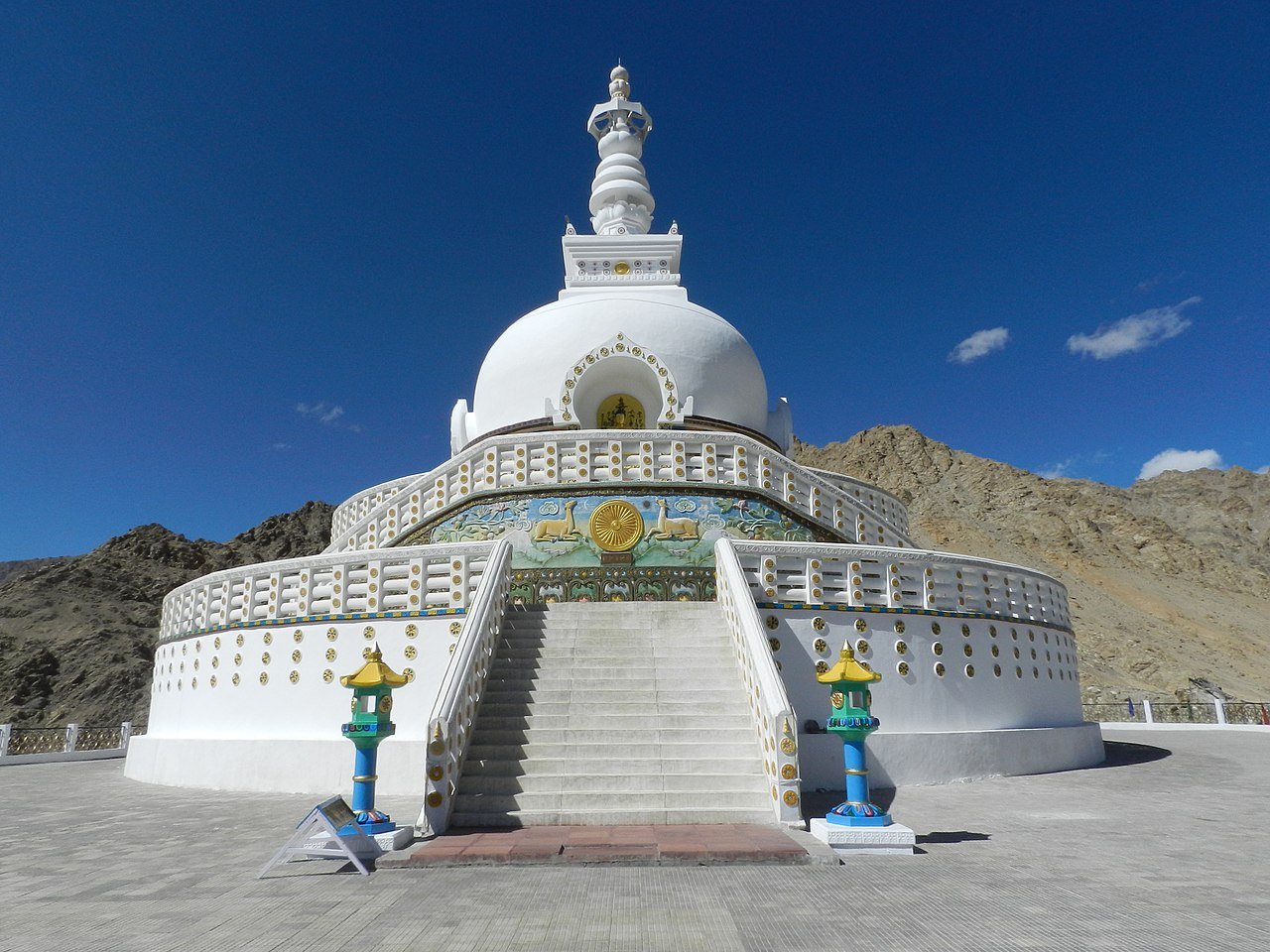
Get Your Best Tour Experience
Customer Speak
Best Seller Package Ladakh
Place to Visit in Ladakh
Things To Do In Ladakh
Frequently Asked Questions
Frequently Ask Questions For Ladakh
There are three ways to reach Ladakh:
- The best way to travel to Ladakh is by flight. Leh Airport is well-connected with major cities like Delhi, Jammu, Chandigarh, Srinagar, and many other places through direct and connecting flights.
- If you are traveling by road then there are two different routes lead to Ladakh – one from Srinagar and another from Manali. If you are traveling from Manali then you will cover the distance of 474 kilometers to Leh via Keylong with a night stopover. On the other hand, Srinagar to Leh will take you through Sonamarg, Drass, Kargil, Mulbekh, and Lamayuru. You will cover 434 km on this journey. All the roads remain open from May to October.
Distance Between Delhi to Ladakh 1023 kms.
The Kushok Bakula Rimpochee Airport in Leh.
Leh has four ATMs owned by Axis Bank, Jammu and Kashmir Bank, Punjab National Bank and State Bank of India.
Yes, the credit card is accepted in a few hotels and restaurants but a service tax is charged.
The Best time to visit Ladakh is during the summer season from the month of April to July during this time Ladakh temperature is between 15 to 30 Degree Celsius.
Leh is known for its stunning scenic locales, Buddhist temples and pristine environment.
Leh is the district headquarters of Ladakh and its main town. It is a quaint town and has a very cosmopolitan vibe to it. The markets are quite colourful and full of life.
Is Ladakh safe to visit?Ladakh, in general, is considered relatively safe for travelers, including women.


